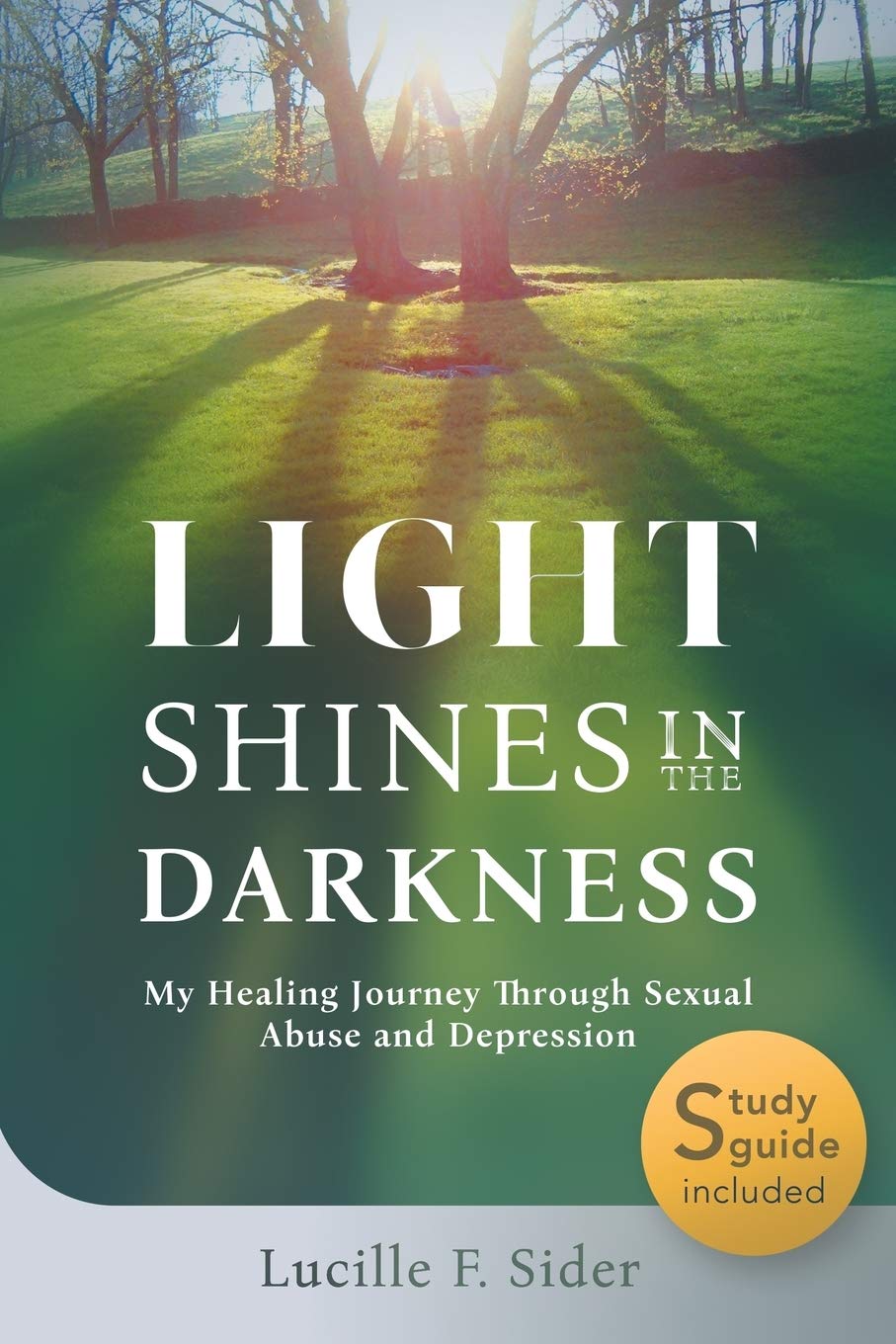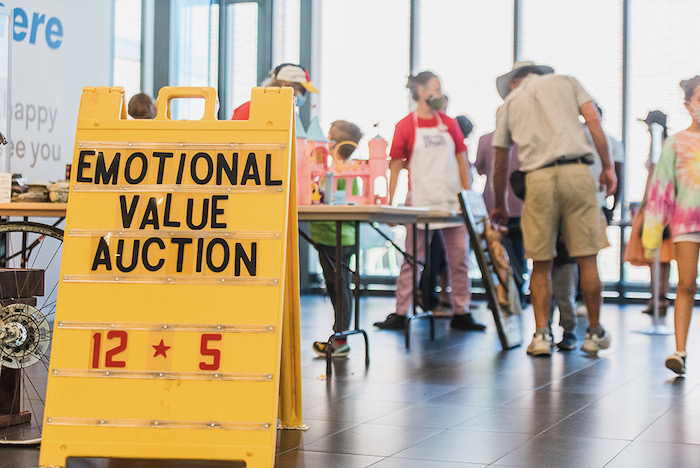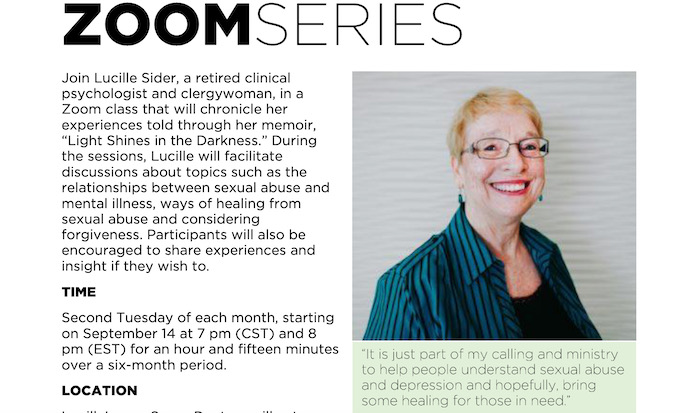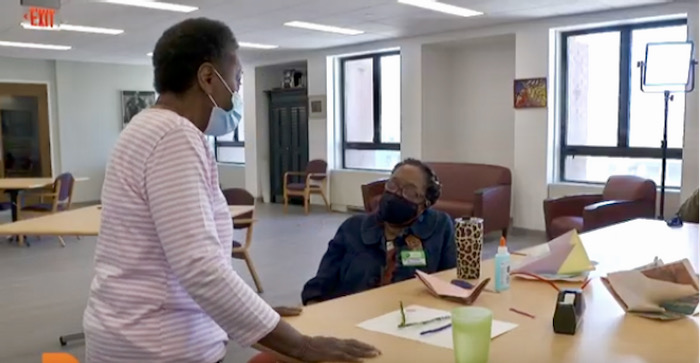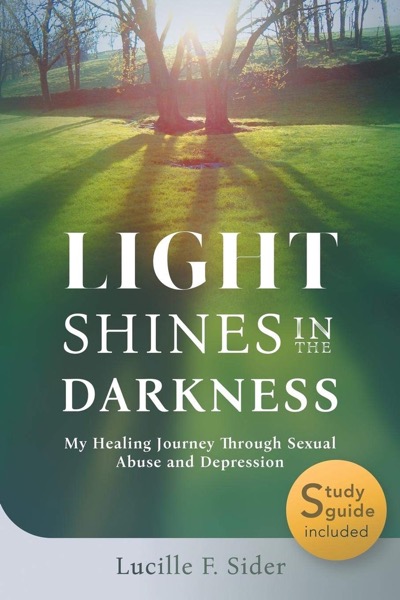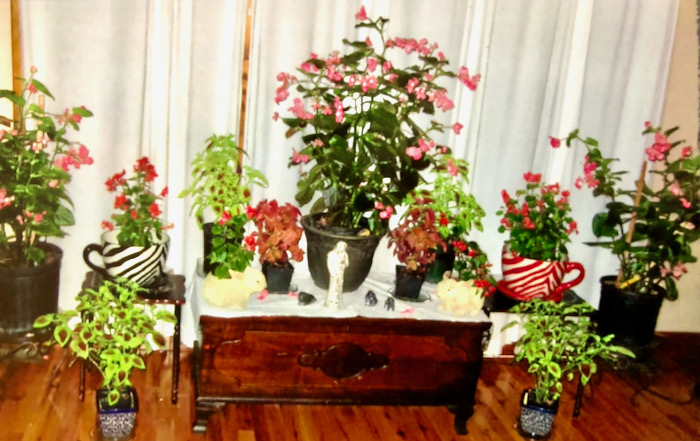
Click on this snapshot of a larger free chart you can get from the Caregiver Action Network. On that CAN webpage, you can right-click and save a higher-res version of this chart to share—or you can simply use social media links on that page to share it with friends. In addition to this chart, you’ll also find many other links to resources provided by CAN.
Celebrate November as National Family Caregivers Month
Raise Awareness of More than 50 Million Americans
.
EACH NOVEMBER, a White House proclamation calls for all Americans to help raise awareness of the more than 50 million men and women who tirelessly provide caregiving services to their families.
Our publishing house asks readers to consider ordering one—or more—of the many caregiving-themed books displayed in this special section of our online magazine. You can see their covers, linked to Amazon, along the left margin of this page.
In addition, we recommend that you check out the resources you can find on these two online clearinghouses that share resources for caregivers.
.
Administration for Community Living
FIRST, FREE SOCIAL-MEDIA GRAPHICS YOU CAN SHARE are provided by the Administration for Community Living, which is part of the U.S. Department of Health and Human Services. This website also explains some of the popular hashtags you can use to boost your sharing across social media.
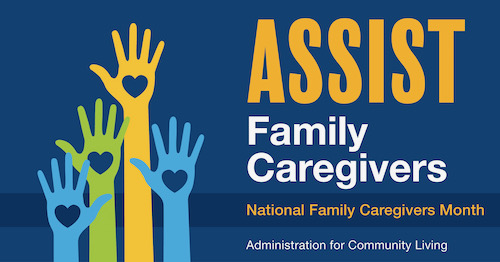
Click on this sample graphic to visit the website of the Administration for Community Living, where you will find more resources.
.
Caregiver Action Network
FIND MUCH MORE AT THE CAREGIVER ACTION NETWORK! You don’t have to take our word for it. The Administration for Community Living—and many more online nonprofits—recommend links to the resource-packed Caregiver Action Network. Visit that website and you’ll discover a treasure trove of materials.
.
Care to Learn More?
Please look at the books showcased along the left margin of this webpage. Find one that interests you and order a copy today. Find another book that might interest a friend or loved one—and “gift” them a copy as your way of encouraging them.


